It began on a Tennessee highway with nothing more than a radio, a matchbox, and a spark of inspiration. What Pee Wee King and Redd Stewart sketched in the truck cab that night in 1946 became “The Tennessee Waltz”—a song that would waltz its way from the lonesome highway into the heart of American music history.
Pee Wee King and Redd Stewart were driving to a show when Bill Monroe’s “Kentucky Waltz” came on the radio. They wondered why Tennessee didn’t have a waltz, too.
They got to work. Stewart, a country singer/songwriter, grabbed a matchbox and started writing lyrics on the inside. King, who is credited with bringing the Musicians Union to the Grand Ole Opry, worked out the melody.
“We should have kept the matchbox cover,” Stewart told the Los Angeles Times. “But who thinks of those things?”
The song’s story was simple. A man introduces his sweetheart to a friend, only to watch her twirl away during “The Tennessee Waltz.” That narrative spoke to listeners, but Patti Page carried the tune into history. In 1950, Page recorded it almost as an afterthought. She cut the song as the B-side to “Boogie Woogie Santa Claus.”
Videos by American Songwriter
The Tennessee Waltz was Second Fiddle to a Dancing Santa
At the time, Page was experimenting with overdubbing. She layered her own harmonies because the label didn’t want to pay for backup singers.
“It was a matter of necessity … I had to sing one part onto the acetate and then the other,” she explained to the Library of Congress. “Very soon after that, a wire recording came in, which gave the voice more presence.”
No one predicted that the maudlin mid-temp would overshadow the upbeat holiday dandy and captivate the nation. But, it did.
“The Tennessee Waltz” went to No. 1 on both the country and pop charts, sold millions of copies, and became one of the most impactful singles of the 20th century. By 1965, it was named an official state song of Tennessee. Over the years, it’s been recorded by everyone from Sam Cooke to Emmylou Harris.
But for the song’s originators — King, Stewart, and Page – “The Tennessee Waltz” was a defining moment. For listeners, it was a cultural touchstone. A song that started as scribble on a matchbox is still waltzing across generations in American music history.
Patti Page Didn’t Understand the Song’s Gravity
“I had no idea that anything was happening with the song until I played the Copacabana in New York,” Page told Goldmine magazine. “And somebody said, ‘Sing the waltz.’ I didn’t know what they were talking about.”
Page said the song’s poignance is in its simplicity. The musicians played by ear. The unassuming B-side overtook an over-the-top Christmas jam to change her life – and influence others’ careers.
“Anne Murray does (reflect my influence),” Page told Goldmine. “She says it, too.”
Patsy Cline’s husband even told Page that he wished his wife could have met her.
“She just adored you and listened to you all the time and wanted to be like you,” Page said he told her.
On a broader scale, “The Tennessee Waltz” was a bridge between country and pop. It proved Nashville could be mainstream. It also showcased early overdubbing. “The Tennessee Waltz” became Tennessee’s anthem – and an enduring American standard. It proved that women in country music could also command commercial attention in a male-dominated era.
Waltzed onto the National Registry
“The Tennessee Waltz” was added to the National Registry in 2024. Ryan Dooley wrote for the Library of Congress that Page’s sophisticated singing style and orchestral arrangements in a ¾ waltz time created a “timeless lament.” He noted that it uses “thematic and linguistic markers of Americana nostalgia,” and that it is significant because it exemplifies a 1920s marketing strategy to “elevate hillbilly recordings” by removing Southern affectations to make it more mainstream.
(Photo by Ron Galella, Ltd./Ron Galella Collection via Getty Images)

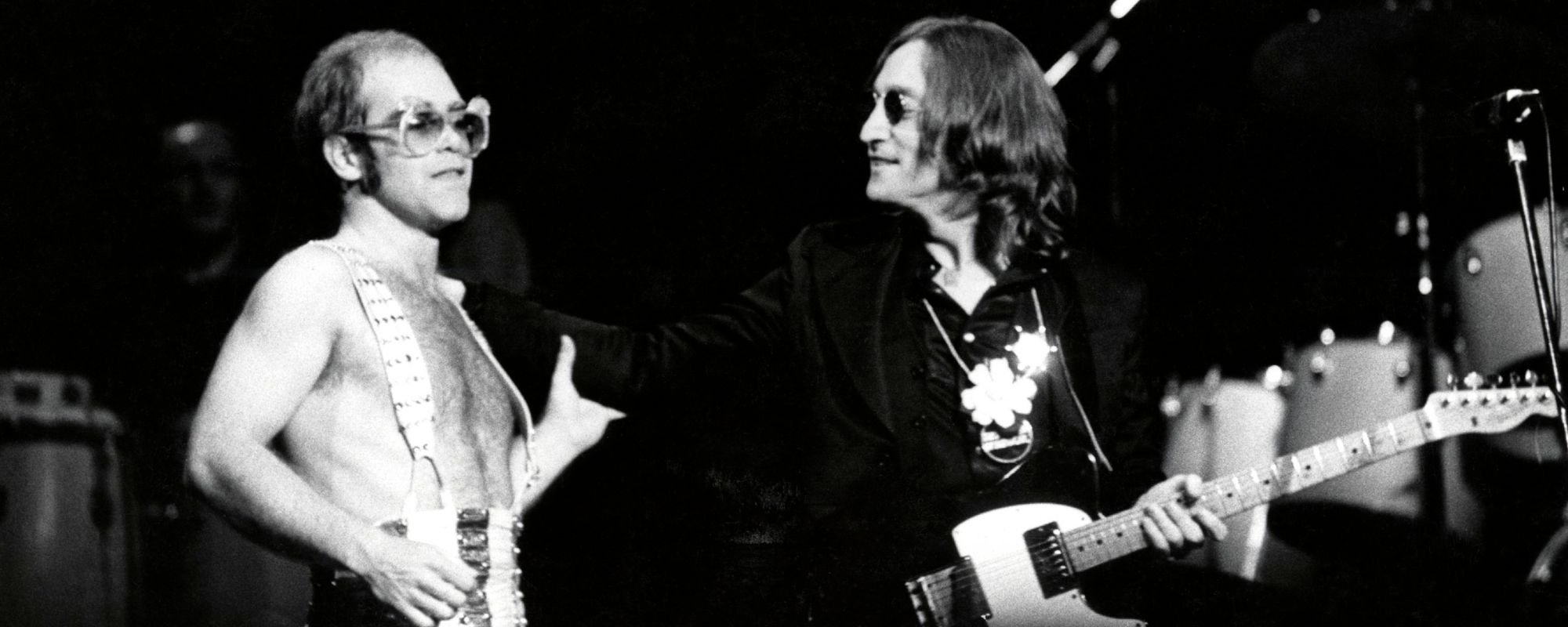

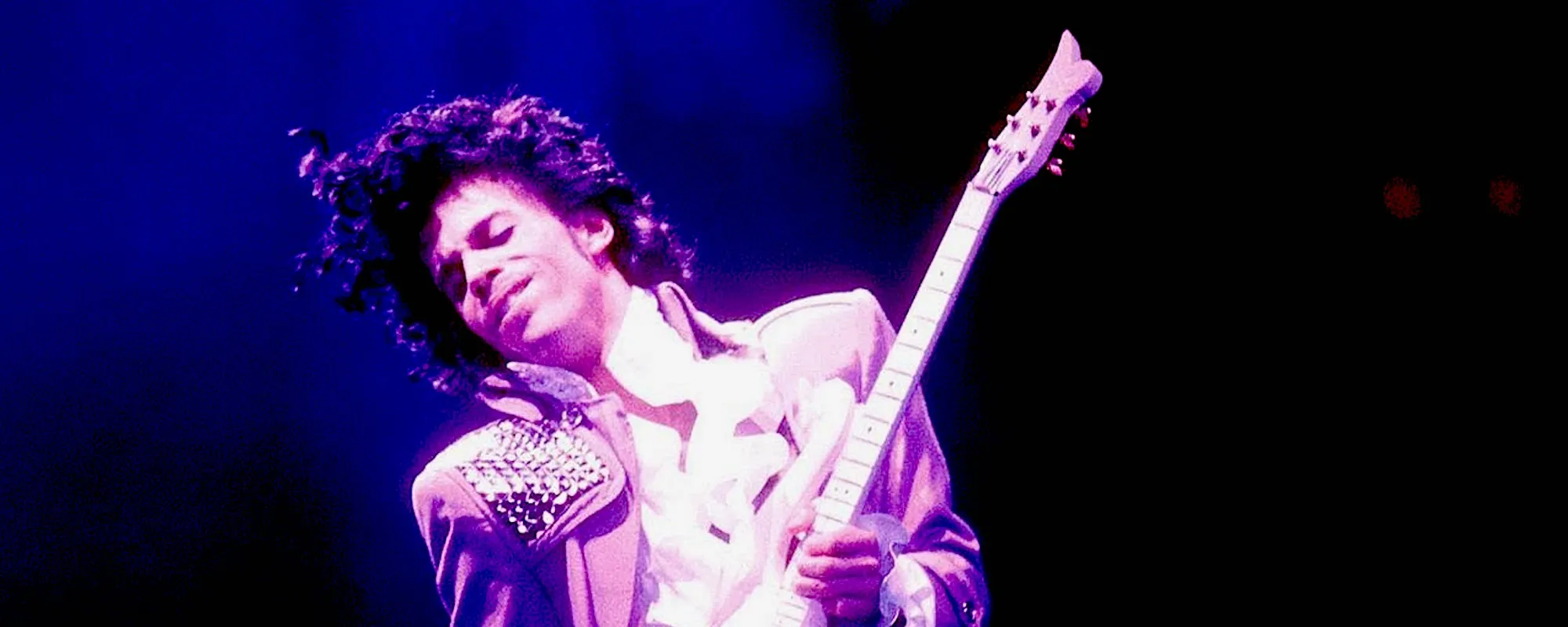
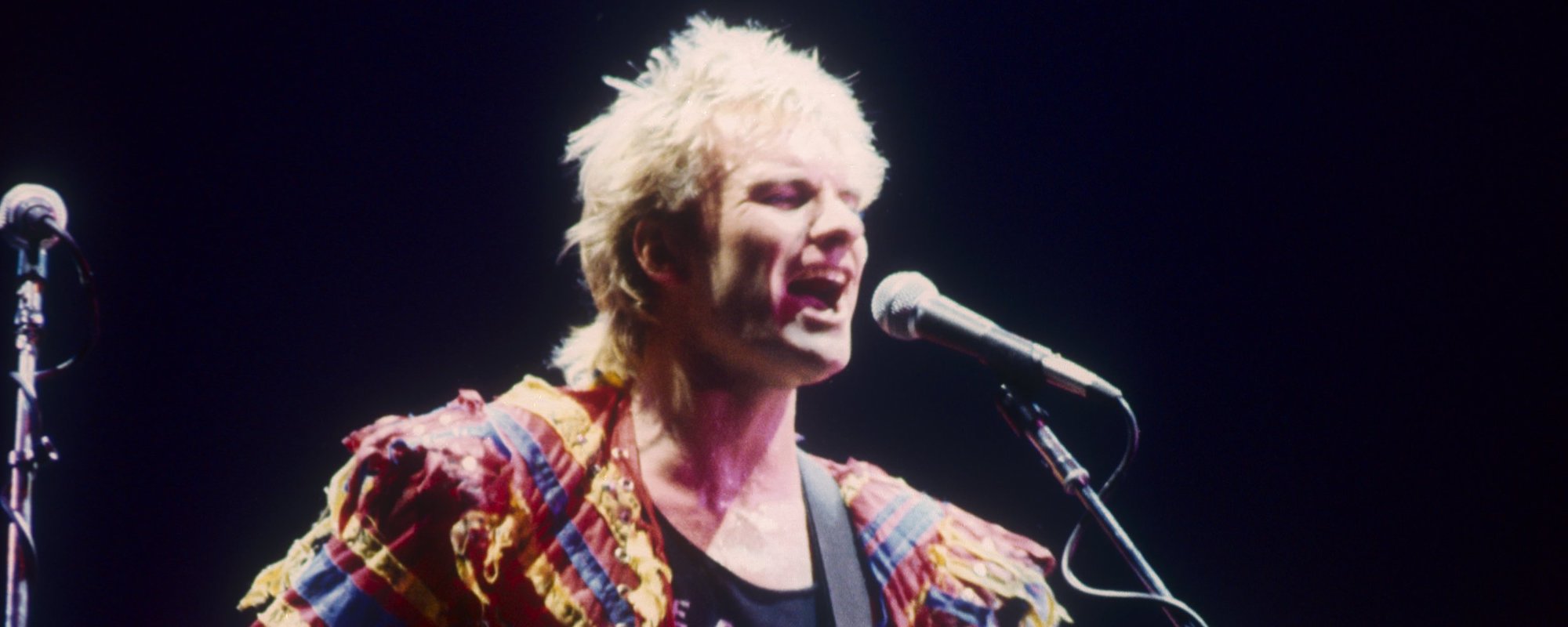

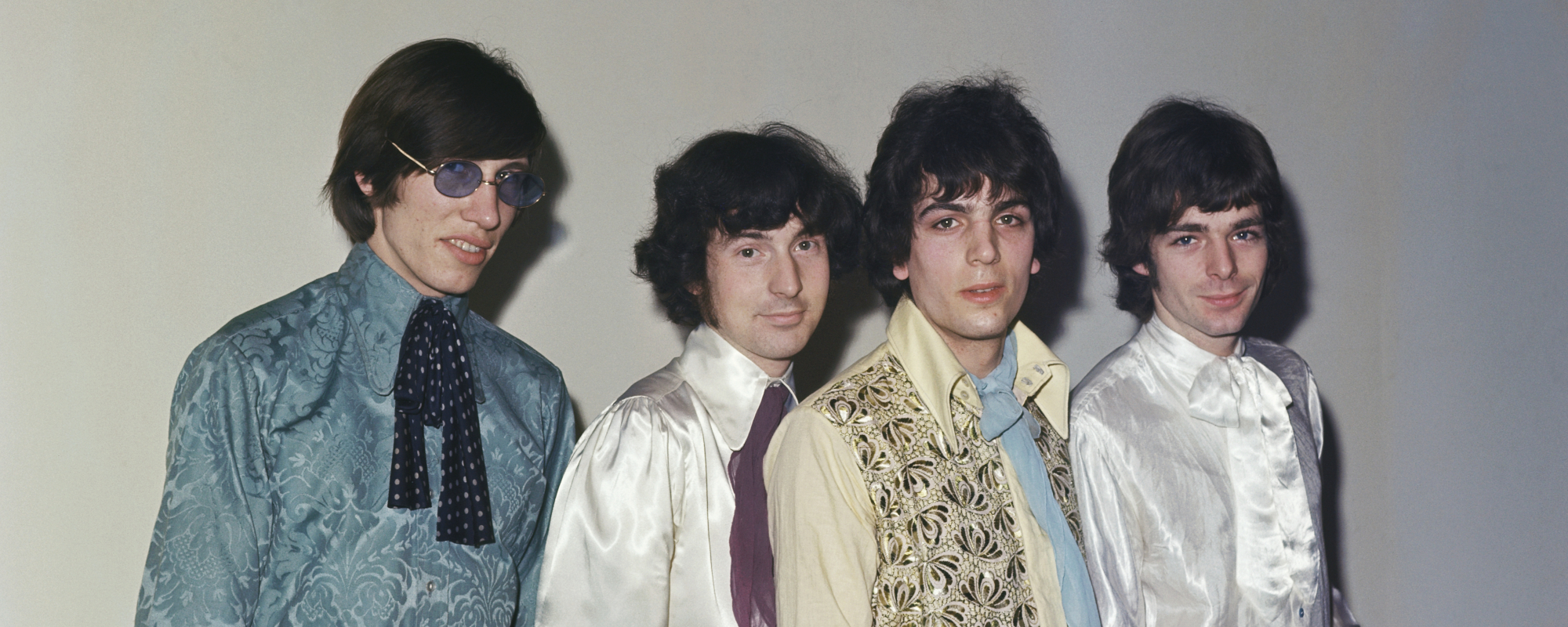

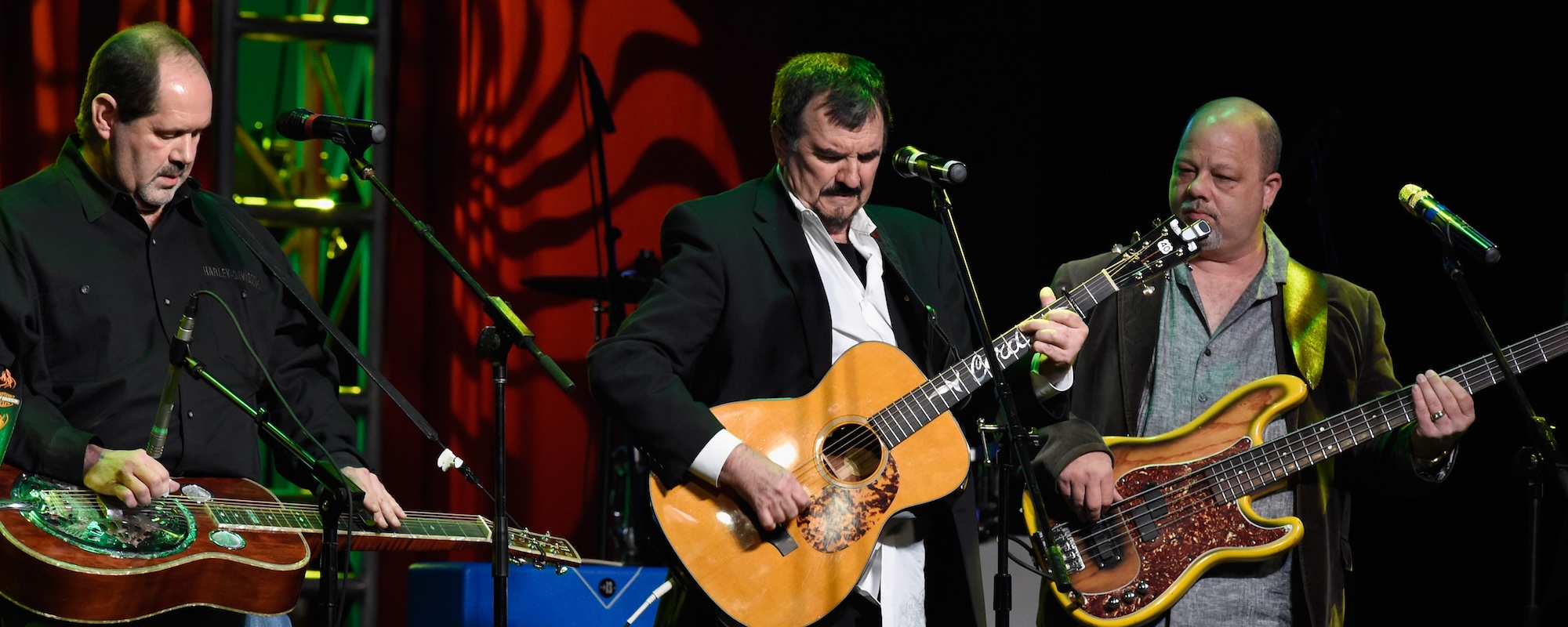
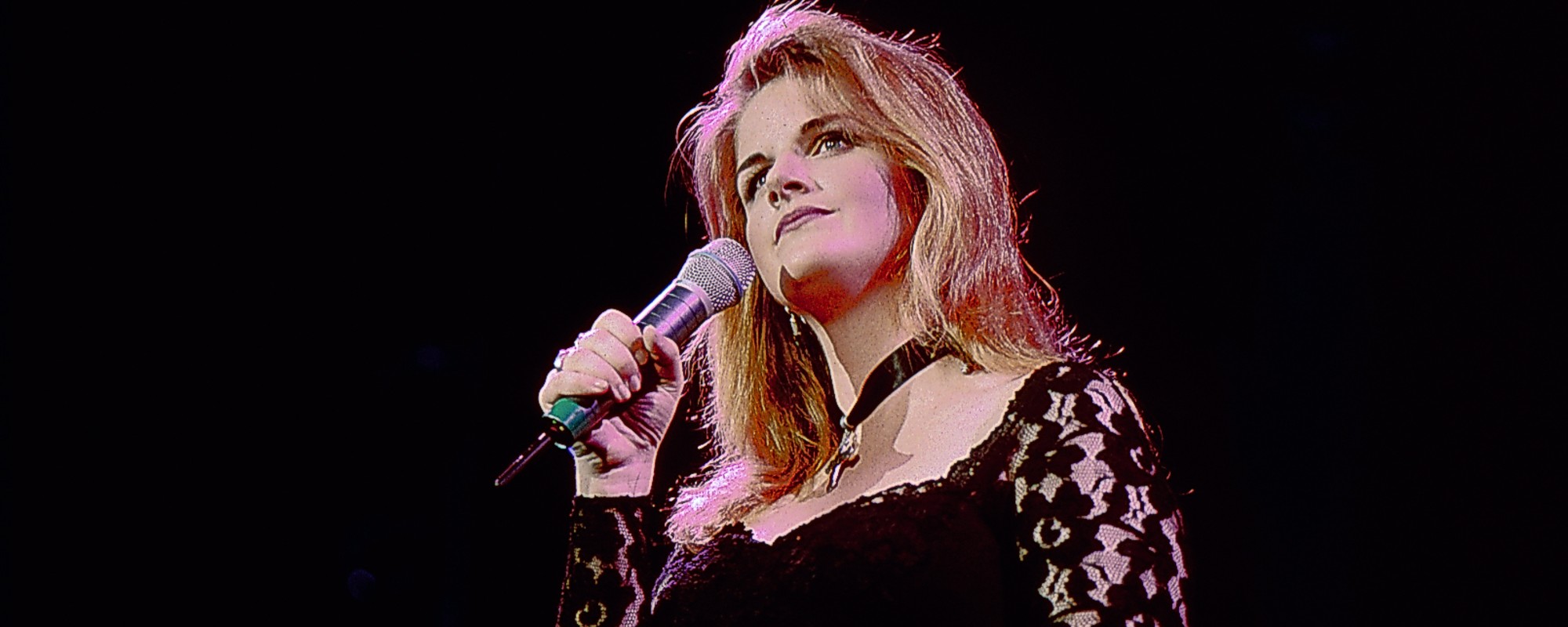
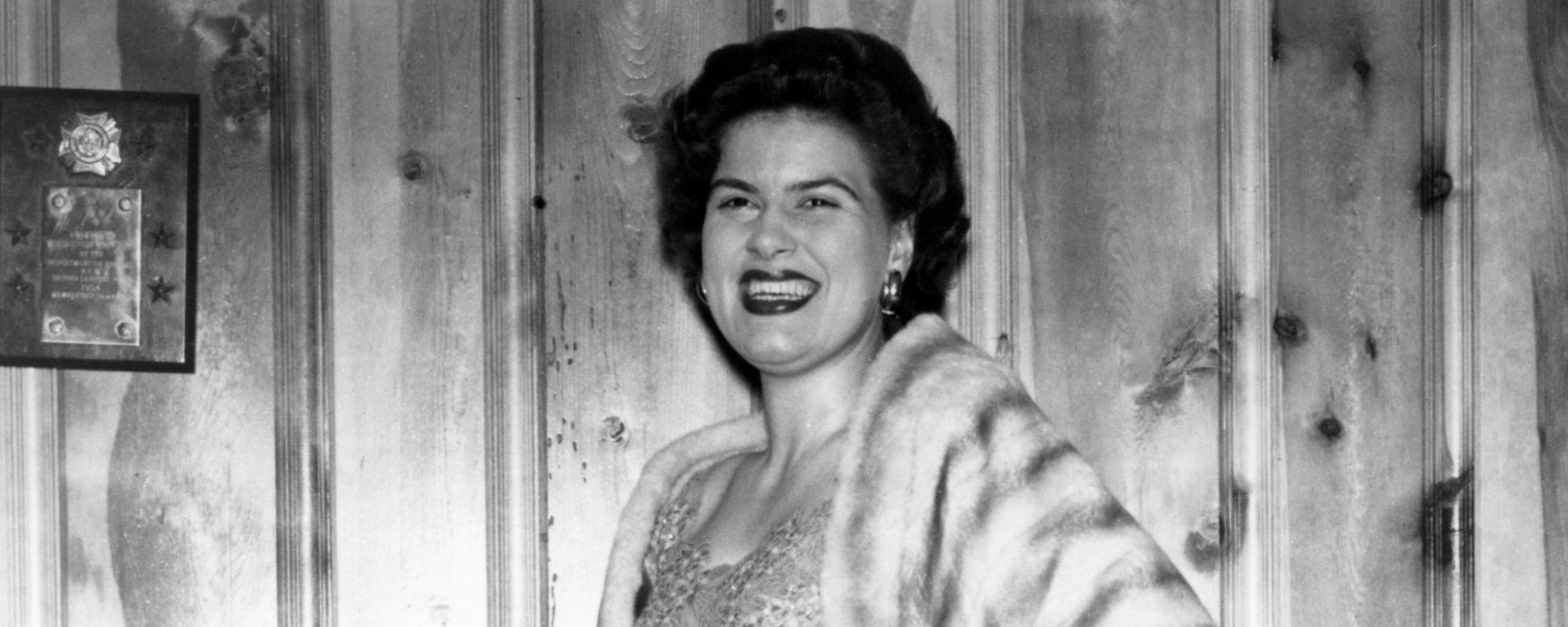
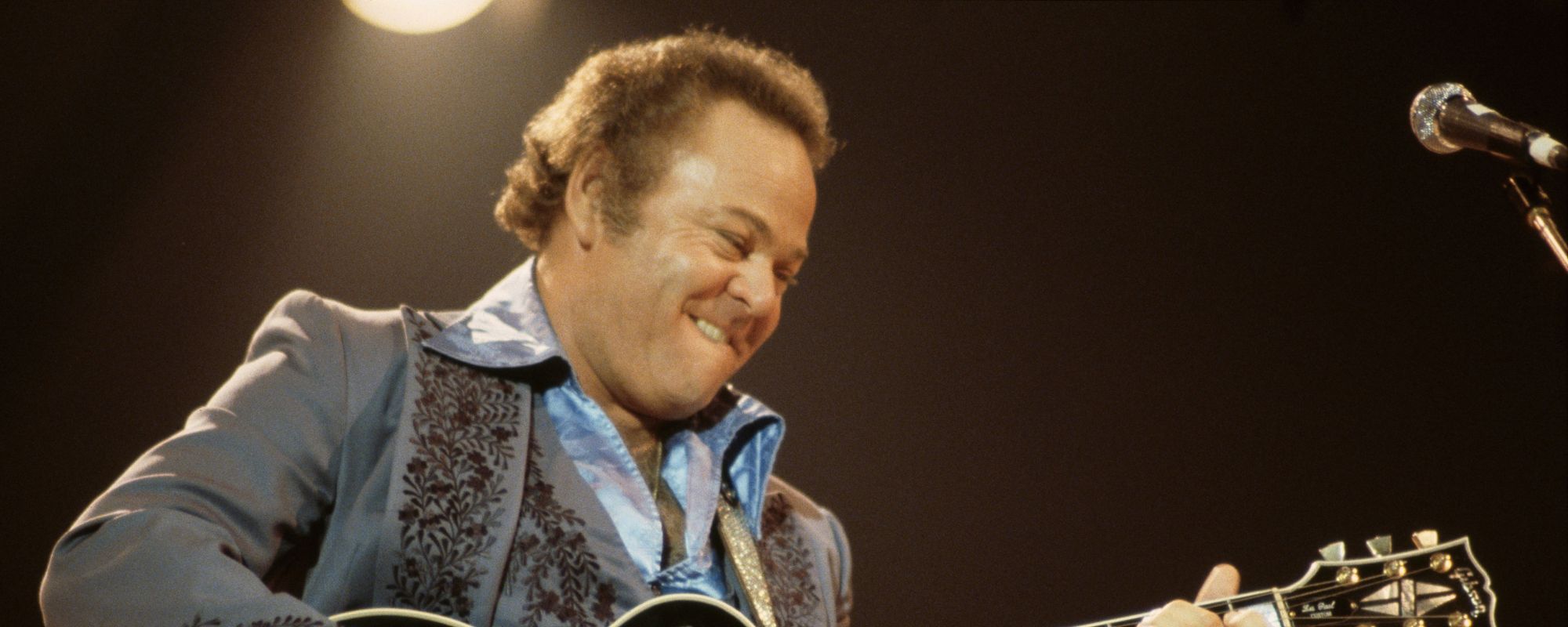
Leave a Reply
Only members can comment. Become a member. Already a member? Log in.